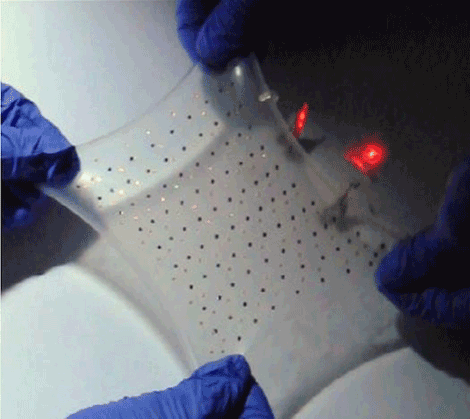Team Nixie is developing the first wearable drone camera, which can be worn around your wrist. The team will be presenting their prototype for the Intel Make It Wearable Challenge Finale on November 3, 2014 in San Francisco.
Future vision by Erwin van Lun
How cool is this! This is a cool new idea integrating media technology with robot technology. As from 2020, we’ll be surrounded by thousands of flying mini camera’s build into mini mini (size of a musquito) to medium (like this) to enormous (Zeppelin like) flying robots. They will be everywhere. Assisting us in (personal) transport, urgent deliveries in case of disasters, or as an extension of the fire department in case of bush fires. All step by step. This is just one step forward…



